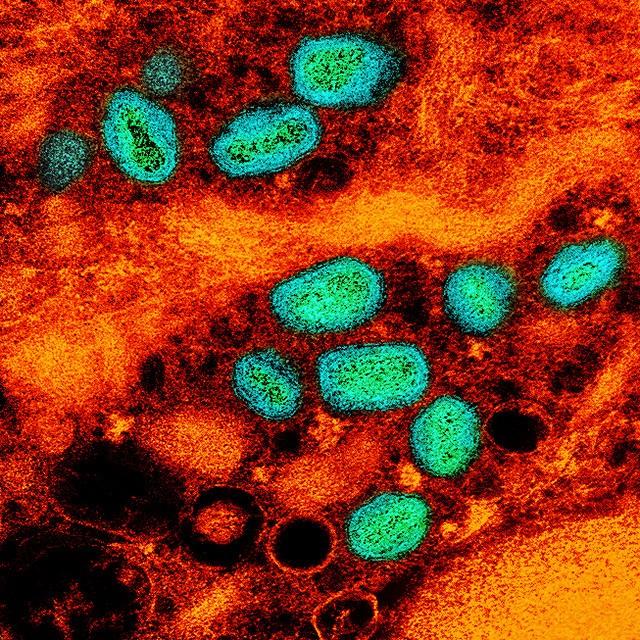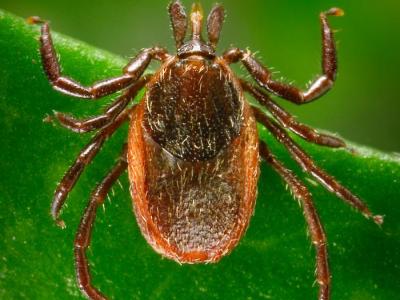A new report published in Open Forum Infectious Diseases demonstrates that, despite the proven effectiveness of Paxlovid and molnupiravir against severe COVID-19 outcomes, uptake of these two antivirals remains low among Americans with COVID.
The report focused on antiviral uptake among vaccinated Americans who contracted COVID-19 between December 2021 and October 2022. Uptake of oral nirmatrelvir/ritonavir (NMV/r or Paxlovid) and molnupiravir (MOV) increased as the study period progressed, but was low overall.
Paxlovid uptake was 13.6% (95% confidence interval [CI], 11.9% to 15.2%) among 1,594 participants and MOV uptake was 1.4% (95% CI, 0.8% to 2.1%) among 1,398 participants. Paxlovid use increased over time, from 1.9% during December 2021 to March 2022 to 25.3% between August and October 2022.
Over the course of the study, most participants were eligible for antiviral use (NMV/r: 85%; MOV: 84%), with uptake higher among those 65 and older. Use of Paxlovid was 30.2% (95% CI, 22.2% to 38.2%) among adults 65 and older, and was also higher among those who self-reported a history of long COVID.
There are a number of factors that may contribute to low antiviral uptake among those including low awareness of antivirals.
"There are a number of factors that may contribute to low antiviral uptake among those including low awareness of antivirals, healthcare disparities, and barriers to healthcare and prescription access," the authors said. "A population-representative study in NYC found that 44% of adults were unaware of antivirals."














